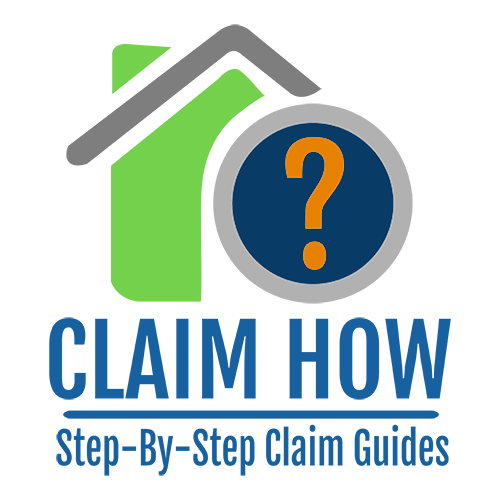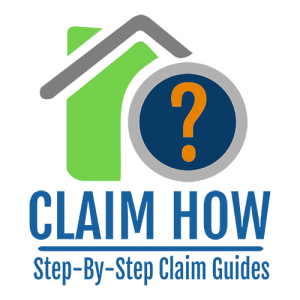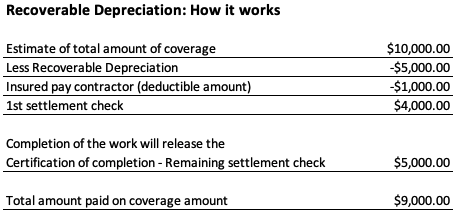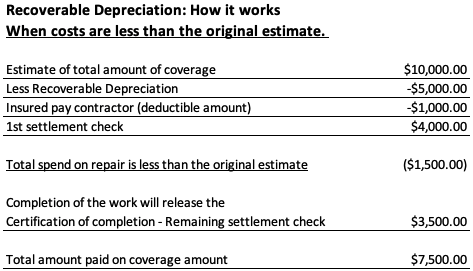Utilizing my claim experience as an adjuster we have created this step-by-step hurricane claim guide to help you bring your home back to it’s pre-loss condition. This guide will help you navigate your property claim in chronological order with a bulleted format of basic to detail information as it relates to your claim.
A Directory of Insurance Qualified Vendors is provided for your convenience. These hurricane claim professionals are familiar with communicating responsible pricing. They bring access to a network of skilled labor and are knowledgeable in working with the insurance carriers’ requirements to bring you back to pre-loss conditions!
See section 5 & 9 below.
6 Steps to safety:
- Only do activities that are safe for you to perform.
- Make sure your family and animals are safe.
- DO NOT GO NEAR downed power lines or flooded areas.
- If you have flooding in your home (insulate yourself) turn off the power at the breaker box.
- Call your insurance carrier immediately to start your claim! The phones will be busy with others calling in at the same time you are. Remember patience is a virtue, claim dispatch has taken time away from their families to record and dispatch your claim.
- If using a generator: (Read the instructions before operation)
- Do not operate it inside or immediately outside the door or window.
- Carbon monoxide is created by the exhaust and is deadly.
- Utilize a Carbon Monoxide detector (similar to a smoke detector in design) to alert you in the event carbon monoxide comes into your home.
- Make sure the generator has a grounding rod (this is usually a copper rod that is driven into the ground that is attached by a ground wire to your generator).
Note: A Claim Examiner at the carrier will be assigned your claim, this name will likely change throughout the process as new claims come into the call center, this allows the overall process to move quicker. Your conversations and documents will be saved to your specific file.
Very Important:
Following a catastrophic event, things are chaotic to say the least, it’s more like organized chaos! Hurricanes pass as slowly as they arrive. While dealing in the aftermath of a catastrophic event people may arrive at your home offering their services. You have options:
- Were they sent by your insurance carrier?
- If yes, they should provide a claim number that was also provided to you when placing the claim. These vendors may or may not be from your area but may be legitimate.
- If they were not sent by your insurance carrier.
- Make sure they provide you with proper credentials that legitimize their services.
The field adjuster or desk adjuster can provide clear direction on this. Be careful about what contracts you are asked to sign.
There are honest vendors out there who will truly help you. See Choosing a Vendor below.
Mediation “Florida”: Upon completion of your claim, if you have a claim dispute you can review “Mediation and Neutral Evaluation” material for more information about filing a claim.
NOTICE: Section 817.234 of Florida Statutes provides in part: Any person who knowingly and with intent to injure, defraud, or deceive any insurer files a statement of claim or an application containing any false, incomplete, or misleading information is guilty of a felony of the third degree.









